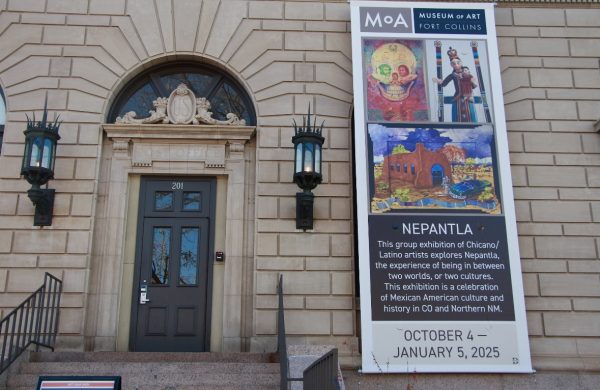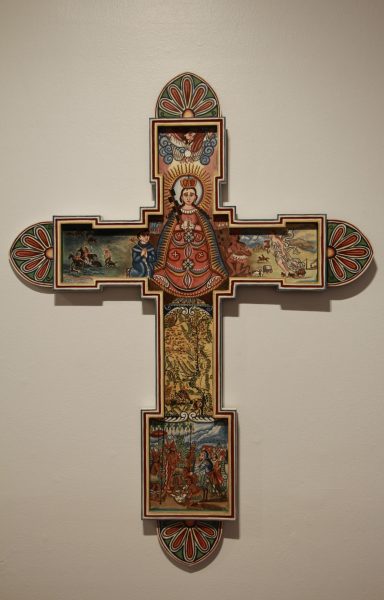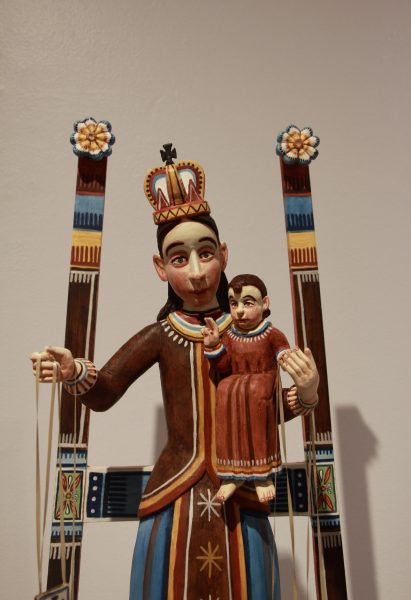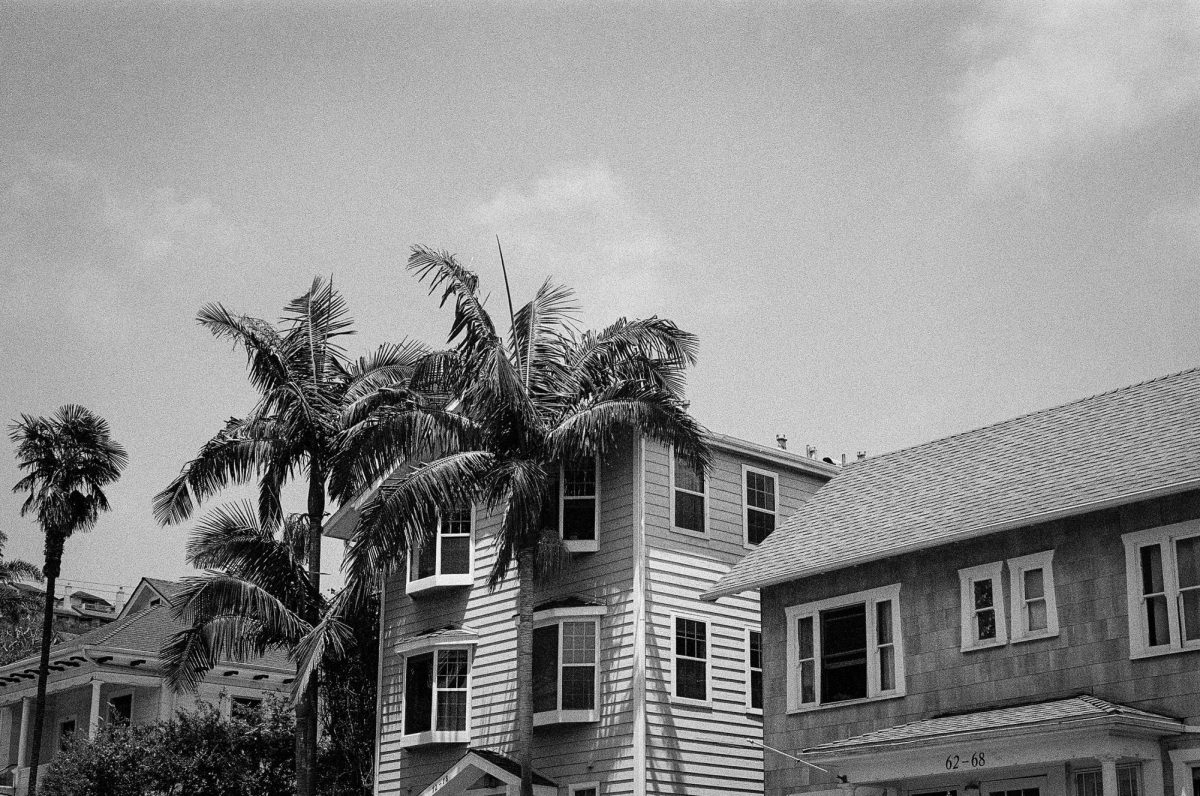Many people may not realize that Colorado is home to a remarkable range of talented local artists. The state’s vibrant landscapes and natural beauty inspire countless creators every day. Recognizing this artistic community, the Museum of Art Fort Collins has launched a special exhibit featuring the work of 36 Chicano/Latino artists from Colorado. The Nepantla Exhibit, which runs from October 4, 2024, to January 5, 2025, celebrates a rich diversification of cultures, including Mexican, Indigenous, and American backgrounds.

Nepantla, a term derived from the Aztec language Nahuatl, symbolizes the experience of existing between two worlds or cultures. This exhibit explores the themes, traditions, and complexities that shape the creator's work. To celebrate Mexican American history in Colorado, Nepantla provides an opportunity for these artists to express their identities and personal histories while navigating life in the United States.
“Nepantla can apply to a lot of experiences,” said Cheryl Rogers, the Director of Exhibitions at the Museum of Art. “People from other cultures can relate to this. Teenagers who don’t feel they are kids anymore, but who are not quite considered adults may feel this sense of being in the middle. Nepantla can also be a positive space between transitions where a person can heal, grow, or change.”
Each artist involved in the exhibit has a unique and rich story to tell. Josiah Lopez, a practicing artist for over 30 years and featured participant in Nepantla, shares his personal experiences growing up as an artist.

“I always loved art growing up,” said Lopez. “When I was a teenager, I started getting involved in graffiti art both legal and illegal. I’ve done murals and street art all throughout my career. I’ve always stayed close with my family and community, still live in West Denver, and have lived here most of my life.”
The Nepantla Exhibit is not only one of a kind, but it has given these local artists an opportunity to show their talents, whether they are emerging or established in the field. “I hope to be included again for an event like this,” said Lopez. “I hope people that see the show can relate, identify, and take away some knowledge and history of a unique, rich, artistic culture.”
The participants use a diverse range of mediums, techniques, and cultural influences to bring their art to life. There is a mix of more traditional and contemporary art displayed throughout the museum. James Cordova, an associate professor of art history at the University of Colorado Boulder, connects his work with the deep history and traditions of Santa Fe, New Mexico.
“A santero is an artist who sculpts and paints sacred art, like images of the saints (santos), in the Spanish colonial tradition of New Mexico,” said Cordova. “My artwork is the most creative way I express my values, my interests in art and culture, and my desire to participate in an art practice and tradition that is indigenous to New Mexico.”
Cordova, along with the other Nepantla artists, have a personal connection to the term nepantla. He believes that many Chicanox, Latino, and other traditionally marginalized groups in the United States can relate to this concept.

“For me, it manifests in the distance I have felt between my generation and earlier generations in my own family,” said Cordova. “As an artist, I am able to come to terms with nepantla as I experience it, and I believe my artwork does the same for others, in similar positions, who see it.”
While the Museum of Art Fort Collins has hosted a wide range of exhibits in the past, Nepantla presents a unique opportunity for people to experience artwork specific to Colorado.
“Colorado has a strong arts industry overall with organizations throughout the state sharing visual and performing arts,” said Rogers. “We feel strongly that the arts are an important part of one’s quality of life and want to make sure it is shared for all to enjoy.”
The Museum of Art Fort Collins invites you to enjoy the artistry and movement of Nepantla. If you are a K-12 student or currently attending Colorado State University or Front Range Community College, your admission to Nepantla is free. Don’t miss this opportunity to explore your own personal journey through Nepantla.







